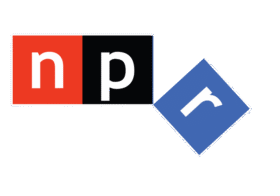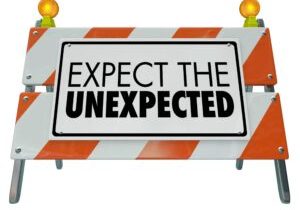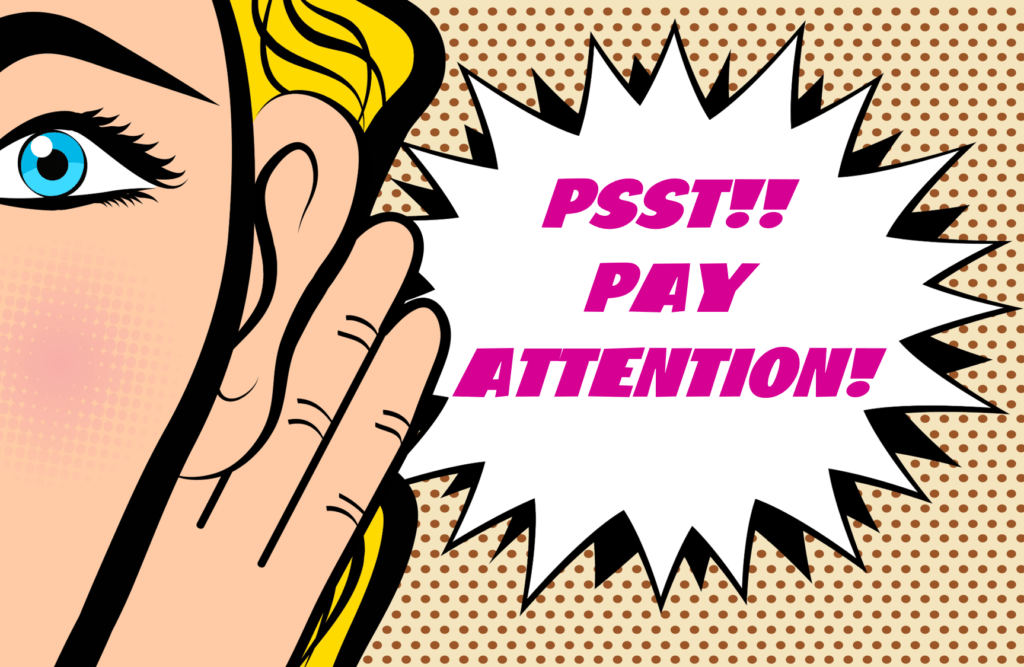
Today’s #TBT post is exactly four years old, but let’s just say it has aged well.
Success in radio programming specifically, and content creation in general has always started with “the catch” that you first have to grab their attention. And in a world of seemingly unlimited information and entertainment, the mission has become more difficult with each passing year.
Today’s post contains much food for thought. Assuming, of course, that I still have your attention. – FJ
August 2021
When you work in radio, you sometimes wonder whether anyone’s really paying attention.
I’ll bet many of you have experienced this before. There’s a local concert announcement – a big one. You’ve been promoting all afternoon you’ll break the big news at 5pm. At the appointed time, everything stops while you deliver the exciting concert news. And you made sure to repeat key details – the date, the venue, when tickets go on sale, etc.
And then the next 20 calls that come into the studio are asking whether the band is coming to and/or did you just deliver a big concert announcement. It’s frustrating, but very real. Listeners are often not paying attention.
Some feel the problem has been amplified since COVID. Microsoft ran a study concluding that during the pandemic, our attention spans dropped to sub-goldfish levels – down to the 8 seconds or less neighborhood.
But some social scientists dispute the research, claiming it was based on how long people stare at websites. Thus, the study may be less about paying attention, and more about other variables. (IMO, many radio station websites couldn’t last the 8 seconds.)
Dr. Nick Morgan wrote in Psychology Today earlier this year that “attention spans are widely misapplied, misused, and misunderstood.”
Case in point: we binge watch a Netflix TV series in three nights. No doubt about it – we’re paying attention.
But Dr. Morgan concedes COVID’s real impact has less to do with attention spans and more to do with stress levels. He claims we are suffering from severe information overload, making it challenging to even deal with new ideas.
As a society, we have been headed down the attention deficit path for a long time, and like so many other trends, COVID has accentuated and perhaps even accelerated our seeming inability to stay focused.
So, in this cloud of stress and angst we find ourselves in, how do we get people to notice our radio stations when they’re stress-ridden and inundated with media coming at them from all sides?
To figure it out, let’s play a little game. There’s a 30-second video test below that I’d like you to take, asking you to pay attention to the number of times one of the teams passes a basketball. (If you’ve seen the video – a Gordon Borrell favorite – skip it and pick up my text).
Enjoy.
The test speaks volumes about what people pay attention to…and what they miss.
Right now, much of their attention is being focused on the Internet, digital media, TikTok, podcasts, and Alexa. Radio stations have been around all of our lives, but often become virtually invisible in an environment where all eyes – or in this case, ears – are focused on everything else. Like wallpaper, it can be easy to miss – it’s always there.
Radio is the gorilla.
And in order to get noticed, radio stations in 2021 have to deviate from the norm, without losing the focus of why listeners tune in to begin with.  Radio’s deficit isn’t attention based – it’s expectation based. That is, if you almost always know what’s coming, you have a tendency to tune it out.
Radio’s deficit isn’t attention based – it’s expectation based. That is, if you almost always know what’s coming, you have a tendency to tune it out.
If the music rarely veers outside the guard rails, the morning show always does the same things every day at the exact same times, your production is rarely freshened, and you’re always doing the same contests, you may be falling victim to expectation-deficit syndrome. That is, you may be as invisible as the gorilla.
If programmers want to break out of the media mire and muck, stations will have to do things that are a bit…unexpected. Otherwise, listeners will be counting basketball passes somewhere else.
But wait, there’s some good news. And once again, it’s out of Canada. Jeff Vidler’s Signal Hill Insights reports that while not everyone is paying attention in between songs, broadcast radio is well ahead of Internet streaming services.
In a survey of 2,001 Canadians this past February in partnership with Radio Connects, they simply asked respondents whether they recall the content “in between the records” on both music stations and free music streaming platforms.
Here’s how it broke out:
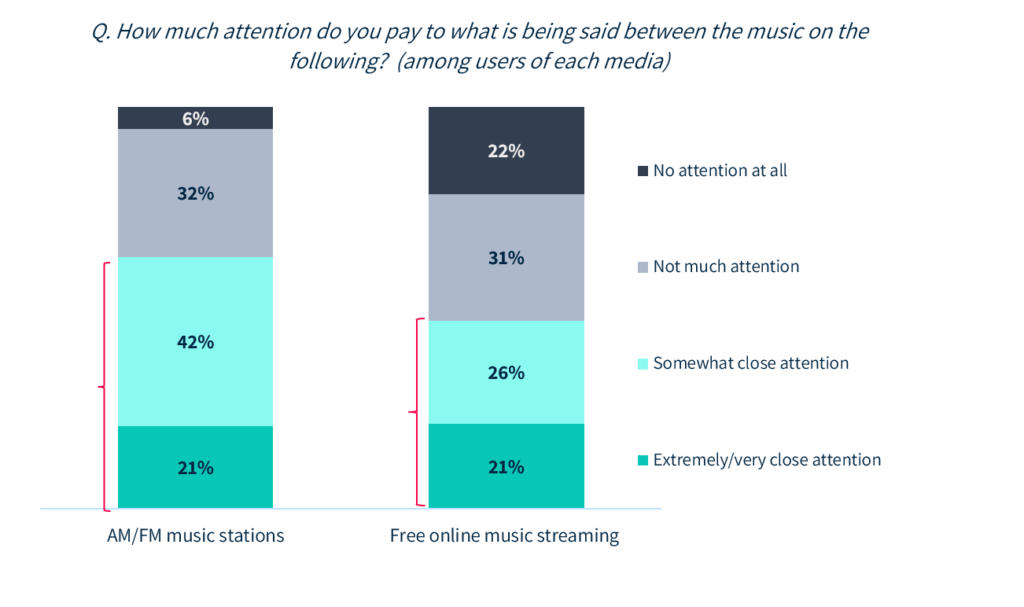
While about one-fifth pay very close attention to interstitial material both on the radio and on music streams, the former has a decided edge among those paying somewhat close attention: 42% to 26%.
The margin gets even wider when the researchers asked respondents whether they use streaming platforms as background music. Among those consumers, radio held a commanding 68% to 42% lead among those who responded “somewhat close” and “extremely/very close attention.”
Advantage: broadcast radio.
But not if programming is bland, banal, and totally predictable. The late Nick Michaels referred to the media collective as “an over-communicated world.” And he was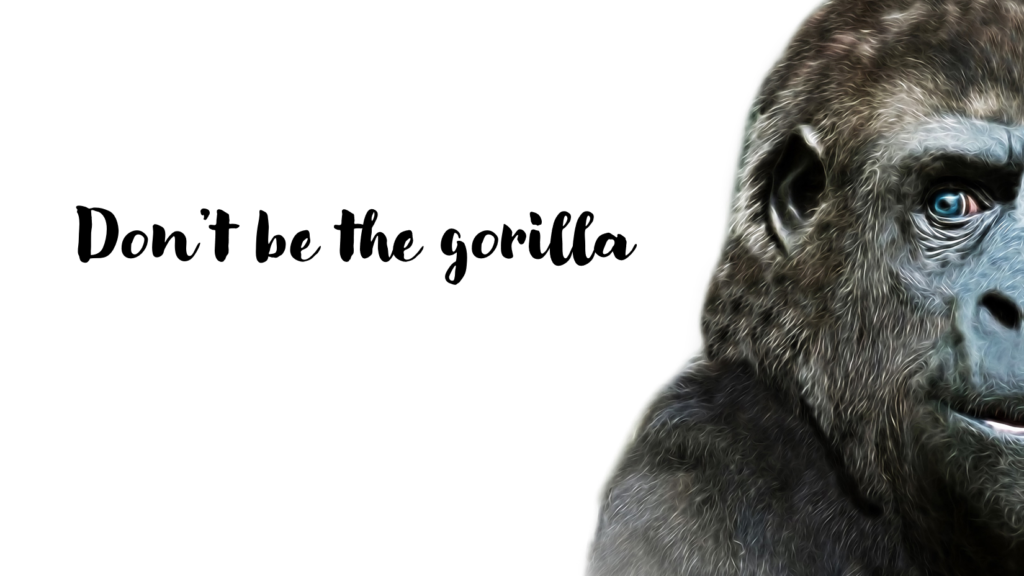 right.
right.
To get noticed, radio broadcasters should feel the growing need to be compelling and even somewhat surprising – as opposed to always presenting the same-old, same-old.
I’m not making light of it. In the best of times, it’s a heavy lift. These days with depleted financial and human resources, it can seem daunting.
But that’s better than being the gorilla.
Thanks to Keith Cunningham and Daniel J. Simons
Originally published by Jacobs Media

